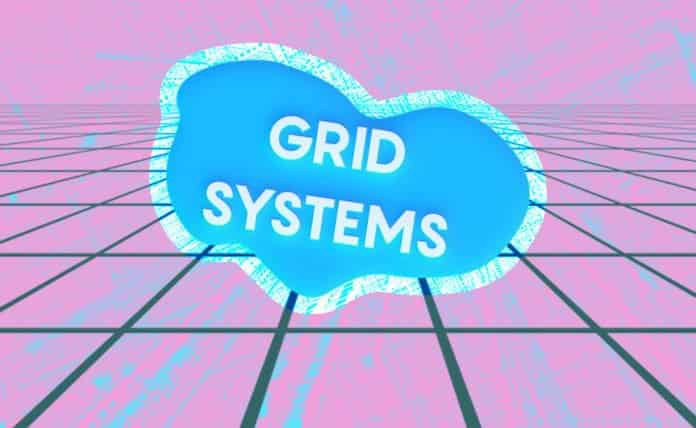
According to the U.S. Energy Information Administration, major U.S. electric utilities spend $51 billion annually on electricity distribution systems. Their main objective is to upgrade aging equipment on their distribution system and to install smart meters. These investments are part of a broader trend toward a national smart grid that leverages new technologies within preexisting energy infrastructure to optimize electrical grid performance and minimize downtime.
A recent survey published by SAS of some 200 U.S. utilities dives more deeply into our progress toward an autonomous grid. They look specifically at the use of industrial internet of things (IIoT) technologies and machine learning to aid the transition to a smart grid. The survey found that 43 percent of utilities are already using IoT for outage management. Another 24 percent plan to use it within the next three years. The utilities already using IoT report the technology helps them:
- Identify outages faster and sometimes predict them before they happen
- Prevent outages from happening at all or fix them faster than before
- Reduce downtime and improve reliability at a lower cost.
While a fully autonomous grid is still futuristic, electric utilities are clearly headed in that direction.
An Exemplary Application: Fault Detection
Traditionally, electric utilities have largely relied on faulted circuit indicators (FCIs) to detect and locate outages within their systems. This approach has its roots in what is now considered aging technology. These older grid systems have fallen behind in large part because they were only updated every few decades. As a result, the electric utility industry is built on an infrastructure dominated by legacy and proprietary systems.
Modern telecommunication technologies have evolved to open standards-based paradigms that facilitate moving to a modern smart grid. Standards-based protocols and platforms help the grid stay up to date with software updates instead of sending field service crew to change hardware.
[bctt tweet=”Standards-based protocols and platforms help the grid stay up to date with software updates instead of sending field service crew to change hardware. || #energy #IoT #IIoT #energygrid #sustainability #iotforall” username=”iotforall”]
The Gateway
Fault detection sensors are used on existing grid infrastructure. They’re designed to indicate and locate both permanent and momentary faults accurately and reliably. Many of them have 3G. Some even have LPAN radios built into them for communication. As the 3G network sunsets, the fault sensor can continue to operate until the end of its life with an IoT gateway.
The gateway allows the sensor to connect via Bluetooth Low-Energy (BLE) and then transport data over the grid’s cellular network. The newly-smart fault sensor then continues to help electric utilities improve reliability while reducing operating and maintenance costs.
Making a Smart Grid IoT Application
Connecting legacy equipment to smart grid IoT applications allows electric utilities to:
- Push Data in Real Time – Relying on centralized polling of data causes significant latency and limited ability to scale. Many IIoT gateways poll data locally and create data models that can communicate with traditional SCADA systems as well as cloud-based platforms to take advantage of modern web services.
- Leverage Cellular Infrastructure – IIoT gateways allow grid monitoring devices to take advantage of cellular connectivity, forming secure connections with multiple backends or cloud systems.
- Enhance Sensing with Low Power Sensors – IIoT gateways can convert LPWAN sensor data from legacy protocols such as DNP3 or newer cloud protocols.
- Leverage the Cloud – As distributed grids become increasingly complex with many more devices to manage, IIoT gateways are able to connect to cloud-based infrastructure and share real-time data and analytics with users through cloud-managed dashboards.
- Enhanced Grid Security – Legacy grid monitoring systems (when IP-networked) are vulnerable to cyber attacks. They lack robust cybersecurity capabilities because the legacy protocols were not designed with modern threats in mind. IIoT gateways can minimize security risks using the latest security methodologies and update and patch security features to adapt to ever-changing cybersecurity threats.





 Related Podcast Episode
Related Podcast Episode




 Related Applications
Related Applications


 Latest IoT News
Latest IoT News








